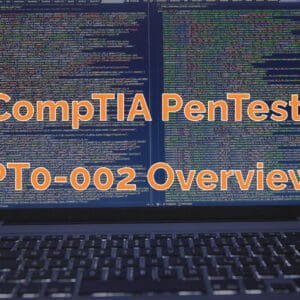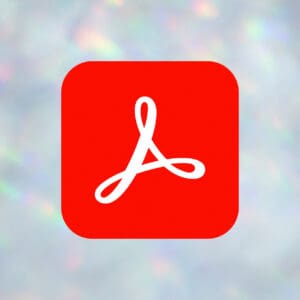Software licensing is the most profitable way to make money outside of selling information products. This also the case for licensing hardware and the software that runs on the hardware. This is great for the company in business but can be tricky for those of use who are customers and rely on the hardware and software for our own business.
Hopefully this article will illuminate some areas of concern.
Table of Contents
Licensing Questions to Answer
Not all of these questions are important to answer. Find the ones that matter to your organization.
- Is the license transferable from one user or computer to another?
- What is the activation process?
- Is there a hard limit or users or devices or is there a annual true up?
- Is there a short term or long term basis for pricing or general contracts?
- How long will the software downloads be available?
- Is it possible to receive hard copies like CDs or software documentation? Are there boxed copies?
- Is there a dedicated sales rep for me or my organization?
- Are there any geographical restrictions, even within the same company?
- What if we lose our license keys or codes?
License Pricing
- Per user – may have multiple installs
- Per machine – may include all or some devices
- By usage type – individual, family, group, commercial, enterprise
- By software options – premium addons or software suites
- By volume – actual usage, logs, or traffic
- By organization type – non-profit, educational, governmental, corporate
License Models
- Single user – one user with a set number of devices
- Multi-user – like a group or family plan
- Multi-device – solely the number of devices or device type
- Enterprise or volume licensing – preset limit or overall enterprise use
License Definitions
These terms could differ based on company offering and whether the company provides software, hardware, or both.
- License agreement – terms in which the software will be used in accordance with the purchased license.
- Lifecycle – starts at product release and ends at end of sales and support.
- End of support – termination date set by the software company. This includes fixes, patches, and technical support. This can also be called end of service life. Support extension is usually at a premium.
- End of sale – This is also sometimes called end of availability. You don’t see this one as often but this is when you are no longer able to purchase the product directly from the manufacturer. You may still be able to purchase the product form resellers or other 3rd party vendors. Some companies use this as a distribution phase of their product.
- End of life – date when specific product stops shipping. Company decides the product is at the end of its useful lifespan. After this date, the company will no longer produce, market, and replenishing the product. Sometimes sales can continue but most of the time sells stop.
License Term Details
When a company schedules a product for end of fill-in-the-blank, it can be difficult to come up with a renewal or replacement plan. This is especially true of companies that use the products on a daily basis.
This is made harder by the different types of scheduling a product company has. There are many dates to be mindful of. Therefore you should understand which abbreviations your product provider uses and where your products are along that lifecycle.
Extending Support
As previously mentioned, enterprise customers can extend support but only at a premium. You can usually purchase extended support from the product provider, but it can come at shorter increments and may only include product updates.
Another option is hiring a 3rd party provider which would have access to product updates and can offer the same benefits at a minimum.
Some 3rd party providers also have the capability of offering additional support the product provider are not able to provide. This could be in the form of professional services, SLAs, and other value add items.







